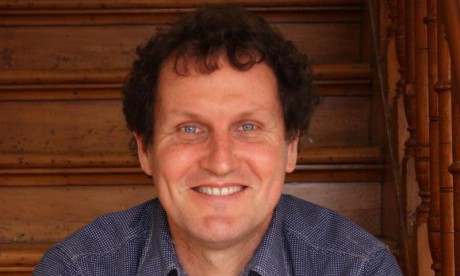Over 100 years ago, soldiers from New Zealand were engaged in a massive conflict, and shed much blood. Fighting for a cause they fiercely believed in, for some soldiers the survival of their community was at stake.
Other soldiers found themselves in hostile, unfamiliar territory thousands of miles away from their loved ones. Should we forget such conflicts or commemorate them as important parts of our heritage and try to understand why they happened?
I’m talking of course about the New Zealand Wars, which occurred here about 150 years ago.
With all the rightful commemoration that is going on with the centenary of World War I, it’s easy to forget that in the middle of the 19th century, large parts of New Zealand were battlefields.
There is a war memorial in nearly every small town in New Zealand, inscribed with the names of those who fell in the two world wars, but why is there so little public commemoration of the New Zealand Wars – arguably the single biggest conflict to shape this country?
A few years ago I was working on a historical project in Taranaki, the site of some of the major conflicts of the New Zealand Wars. I wanted to visit some battle sites.
I found myself in fields and unmarked reserves, convinced that I was lost. Only a sad old plaque, sometimes covered in scrub, at the edge of some former pa told me that I was in the right place.
The battles of the New Zealand Wars were epic and fascinating. The names of foreign conflicts like Chunuk Bair and Passchendaele ring in our ears but what do we know of Rangiriri, Orakau, Gate Pa and Okaihau, to name a few?
The careers of Bernard Freyberg and William Malone are well worth studying, but what about Hone Heke, Titokowaru, Von Tempsky, and Te Whiti? Continue reading
- Dave Armstrong is a successful and prolific New Zealand playwright, scriptwriter and newspaper columnist.
